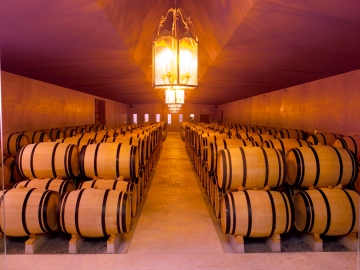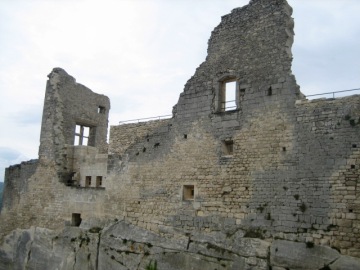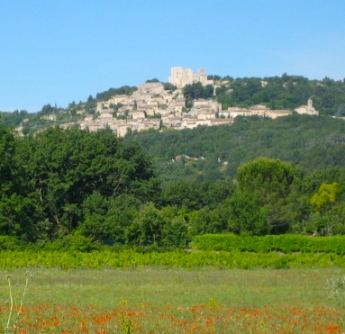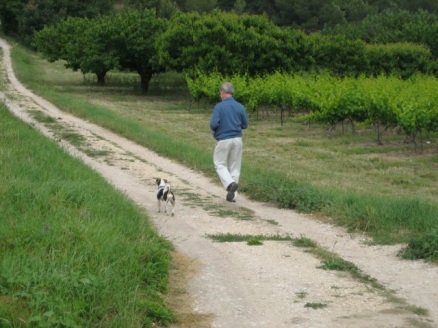There’s a game played in France that might almost be dubbed the nation’s national sport.
They call it Petanque. OK, some people call it “boules” but that’s really the name of the balls used in Petanque.
 It began in Greece in 6 BC, moved to Rome whose soldiers and sailors introduced it to Provence and by the Middle Ages it was being played all over Europe. Until England’s King Henry III banned his archers from playing it and in the 14th century France’s kings Charles IV and Charles V forbade commoners from playing the sport. Only in the 17th century was the ban lifted.
It began in Greece in 6 BC, moved to Rome whose soldiers and sailors introduced it to Provence and by the Middle Ages it was being played all over Europe. Until England’s King Henry III banned his archers from playing it and in the 14th century France’s kings Charles IV and Charles V forbade commoners from playing the sport. Only in the 17th century was the ban lifted.
Our friends at European Waterways (barge trips on canals throughout Europe) sent us a note recently describing the sport:
“The game of Petanque holds a special place in French life. It is virtually impossible to travel through France without coming across a group of men in a local village square relaxing and socializing over a game of petanque. Yet it is far from just a trivial pastime. In France there is an official association to whom you have to apply for a permit before you can even consider competing seriously!
“The form of Petanque played today originated in 1907 in Provence and consists of throwing a hollow metal ball, from a designated, standing position, to land as close as possible to another smaller wooden ball, known as the jack.
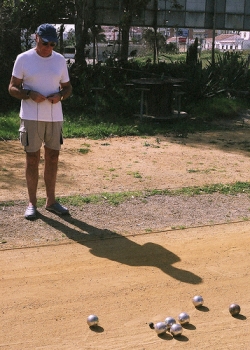 “Apparently there are various strategies which define your style as a petanque player. The more competitive player trains hard, applying the unfriendly strategy of aiming to bomb the opposition’s ball out of the way. He is known as a ‘tireur’ – meaning shooter, quickly and skillfully shooting his way to a winning position. The less serious player is called a ‘pointeur’ – meaning timekeeper. He takes a more relaxed approach, enjoying the friendly ambience of the game and taking his time over each throw. His strategy is to use subtlety and guile to get his boules as close to the jack as possible and if he knocks the opposition out of the way in the process, well then that’s just good luck!”
“Apparently there are various strategies which define your style as a petanque player. The more competitive player trains hard, applying the unfriendly strategy of aiming to bomb the opposition’s ball out of the way. He is known as a ‘tireur’ – meaning shooter, quickly and skillfully shooting his way to a winning position. The less serious player is called a ‘pointeur’ – meaning timekeeper. He takes a more relaxed approach, enjoying the friendly ambience of the game and taking his time over each throw. His strategy is to use subtlety and guile to get his boules as close to the jack as possible and if he knocks the opposition out of the way in the process, well then that’s just good luck!”
Each of European Waterways’ hotel barges in France has a petanque set on board, so there’s always an opportunity for you to have your own game on the banks of a canal and decide on your strategy! I suspect their number one rule is: “Don’t toss your boule in the canal!”



